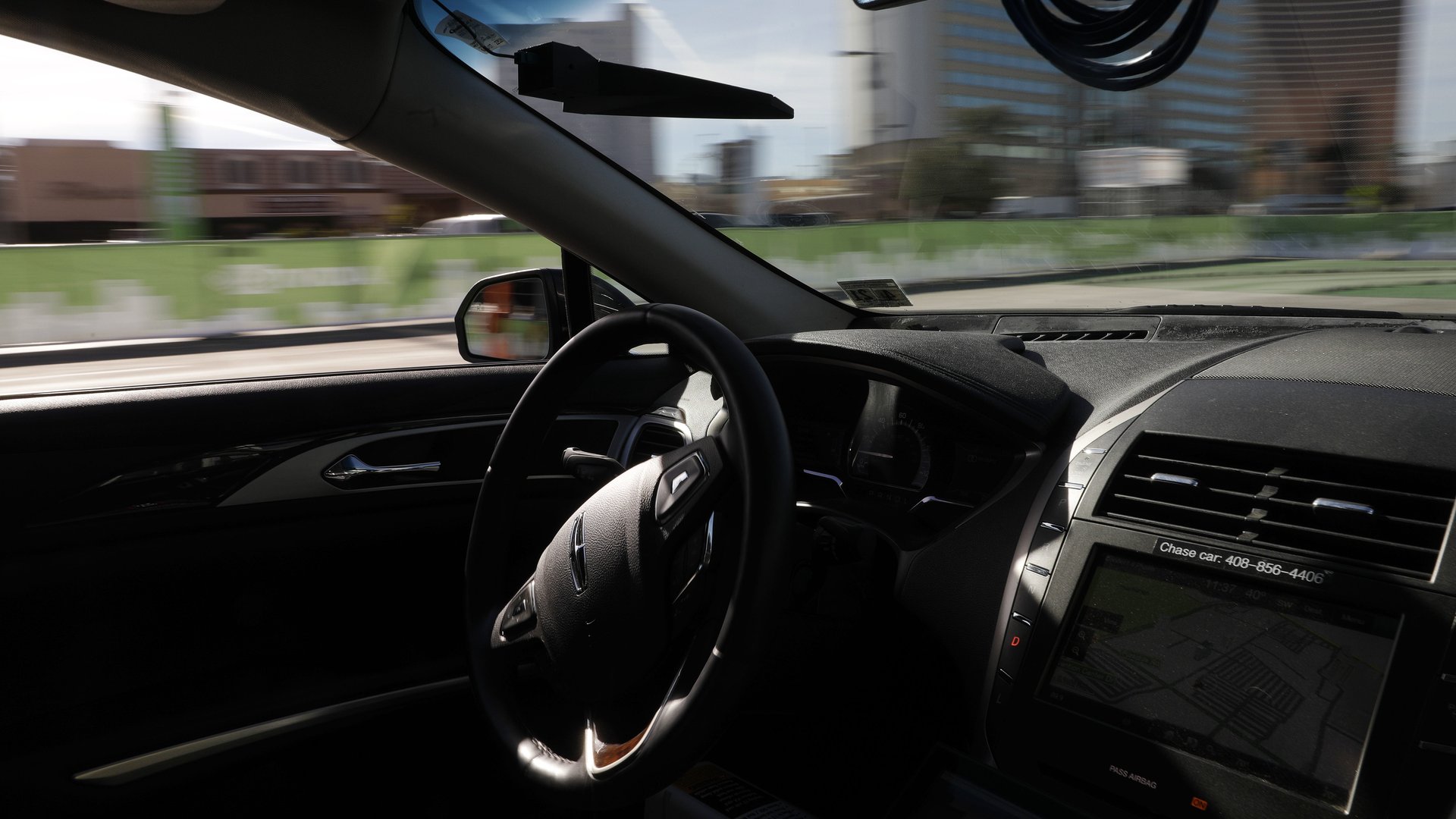To keep up its freakish growth, Nvidia needs to convince the world it’s a leader in AI
Investors have smiled on Nvidia’s efforts to capitalize on the burgeoning market for artificial-intelligence supercomputers and affordable graphics processor units: Following 220% growth last year, the company’s stock is currently hovering at an all-time high.


Investors have smiled on Nvidia’s efforts to capitalize on the burgeoning market for artificial-intelligence supercomputers and affordable graphics processor units: Following 220% growth last year, the company’s stock is currently hovering at an all-time high.
Nvidia’s challenge now is to sustain that momentum, especially as competitors like AMD and Intel make significant advances. Analysts say the key is for Nvidia to maintain focus on its two biggest growth areas: artificial intelligence and self-driving cars.
The recent artificial-intelligence boom couldn’t have been better for Nvidia: Starting in the late 2000s, AI researchers discovered that GPUs were perfect for their massively complex deep-learning algorithms, initially providing up to 70x (pdf) better performance than traditional CPUs. Nvidia obliged the community, building a set of tools to make running those algorithms even easier and faster.
The preference for Nvidia’s products has held as the AI community grows, especially as the company expanded its lineup for supercomputers in server racks and self-driving cars. For the third quarter of 2017 (ended in September 2016), the company reported a 193% year-over-year increase in datacenter revenue, which includes its enterprise AI pursuits and GPUs for large sever farms.
Nvidia’s main competitor in GPU manufacturing, AMD, categorizes their businesses slightly differently, lumping enterprise sales with semi-custom manufacturing and the kinds of embedded processors found in casino gaming machines, medical imaging, and airplanes. AMD’s revenue in that category is nearly double Nvidia’s, but it increased just 4% over the same time period.
Self-driving cars, another area Nvidia investors are looking to for growth, require much of the same technology as the server and desktop GPUs used for more general AI pursuits. So in 2015, the company catered to car companies looking for an all-in-one solution. Their second iteration of that product, the PX2 supercomputer, now powers the Autopilot feature in all Teslas, as well as powering Volvo’s research on autonomous vehicles.
With those contracts in place, plus a litany of agreements to supply major tech companies like Google and Amazon with server hardware, investors will be watching whether that streak continues and whether the company can continue to add big-ticket partnerships.
Nvidia is the heir-apparent to the AI scene, with serious bona fides in that community, but keeping its stock price soaring will depend on emphasizing AI as a field that can support their continued growth.